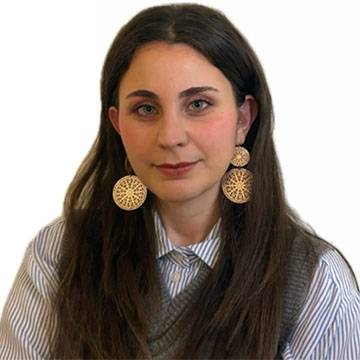Tournier-Lasserve Group

Elisabeth Tournier-Lasserve, MD
INSERM U1141, hôpital Robert DebréParis, France
tournier-lasserve@univ-paris-diderot.fr
The mechanisms underpinning progressive stenosis of internal carotid arteries bifurcations and abnormal angiogenesis, the two main features of moyamoya angiopathy (MMA), are unknown. We and others have identified several MMA causative genes. These data strongly suggest that RAS/MAPK, Nitric Oxide and RNF213 pathways are involved in MMA. However, most MMA genes are yet unknown. Development of MMA cellular and animal models are also urgently needed. Our first objective is to identify MMA missing genes using high through put technologies and network-based computational approaches. Our second ongoing objective is to develop a good MMA mouse model using GUCY1A3 and RNF213 mutants.
Group Members




